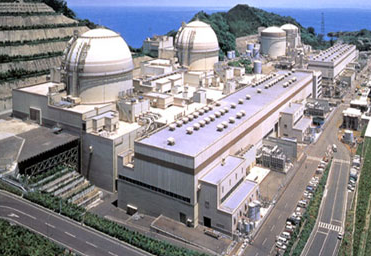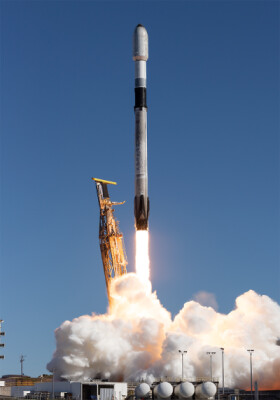Unsurprisingly, the grave nuclear situation in Japan has already led to new calls for a rethink of nuclear policy around the globe. Here in the U.S., representatives Lois Capps (D-California) and Ed Markey (D-Massachusetts) have already sent a letter to the House Natural Resources Committee calling for a closer look at nuclear facilities that might be located near a fault line.
“We are concerned that these reactors may not have the features necessary to withstand the sort of catastrophic earthquake and tsunami that has crippled several reactors in Japan and caused a meltdown and release of the highly radioactive materials contained within them,” wrote Reps. Markey and Capps in the letter. “We are concerned that San Onofre, Diablo Canyon, and possibly other nuclear reactors located in seismically active areas, are not designed with sufficient levels of resiliency against the sort of earthquakes scientists predict they could experience.”
They count up some 35 nuclear reactors located close to fault lines in the United States. It wouldn’t shock me if each of these had to go through some new and more onerous inspection process in the near future. Obviously, all of these facilities were located in the same place a month ago and no one gave it a second thought, but it’s the nature of people, and politicians in particular, to pay more attention to potential dangers once the example of what can happen if they don’t pay attention presents itself.
(Also obvious, if you’re a Black Swan devotee, is that these people are largely missing the opportunity to affect real change by constantly looking backward. More potentially beneficial would be to create a team of people who work for the United States and do nothing but try to predict disasters that have yet to ever happen before, and plan better for mitigating those events – but that’s another rant entirely.)
It strikes me that this new inspection process is a great opportunity for 3D professionals to offer up the benefits of their services. These nuclear facilities need better plans, better visualization techniques, so that if anything terrible should occur they can better understand the nature of the disturbance and better react to it. Also, in the inspection process itself it would seem that 3D imaging could be put to use in analyzing potential weak points in construction and just generally presenting the most-accurate-possible picture to the engineers tasked with fortifying and evaluating the plants and reactors.
Nor do I think people appreciate enough the value of 3D evacuation plans and simulations. What’s the value on getting five more people out of a building in the event of a natural disaster because they were able to use a 3D map to understand their escape route and not a 2D drawing that many people have a hard time reading? In downtimes it might be a great philanthropic opportunity to offer to create such evacuation plans for local schools that can then be used as marketing devices down the line. There’s funding out there for disaster preparedness and mass notification – no reason 3D imaging professionals shouldn’t get a cut of it.






